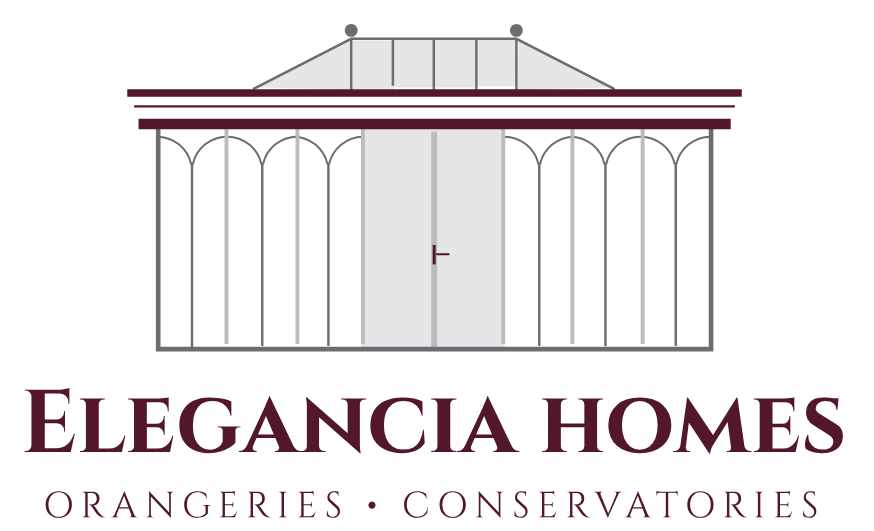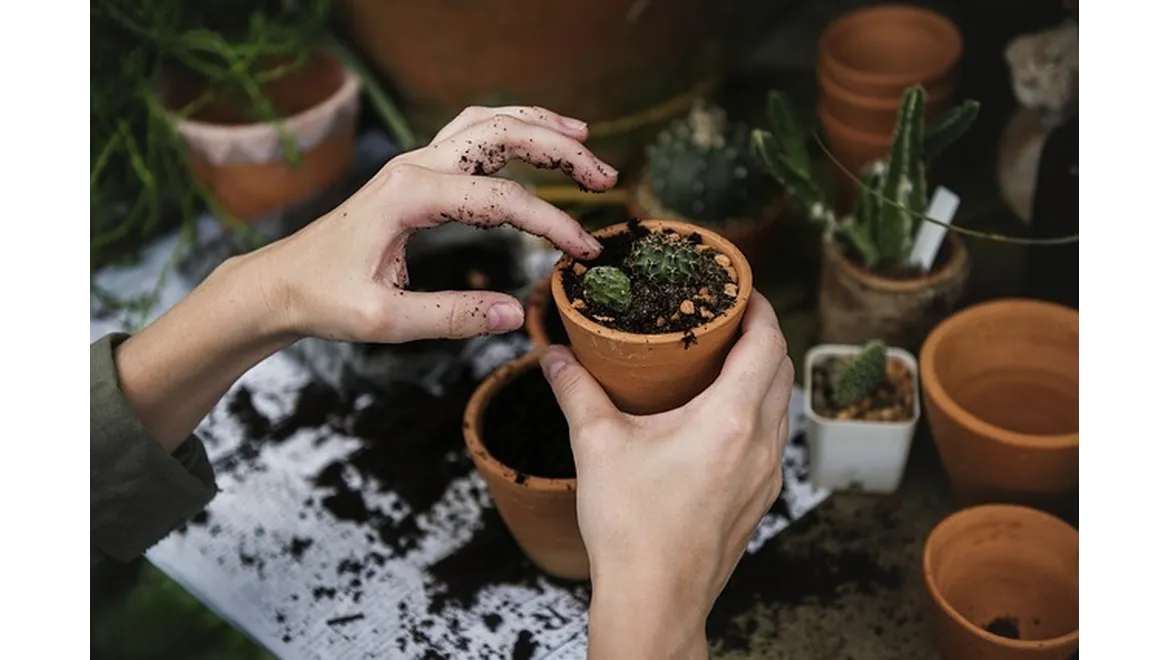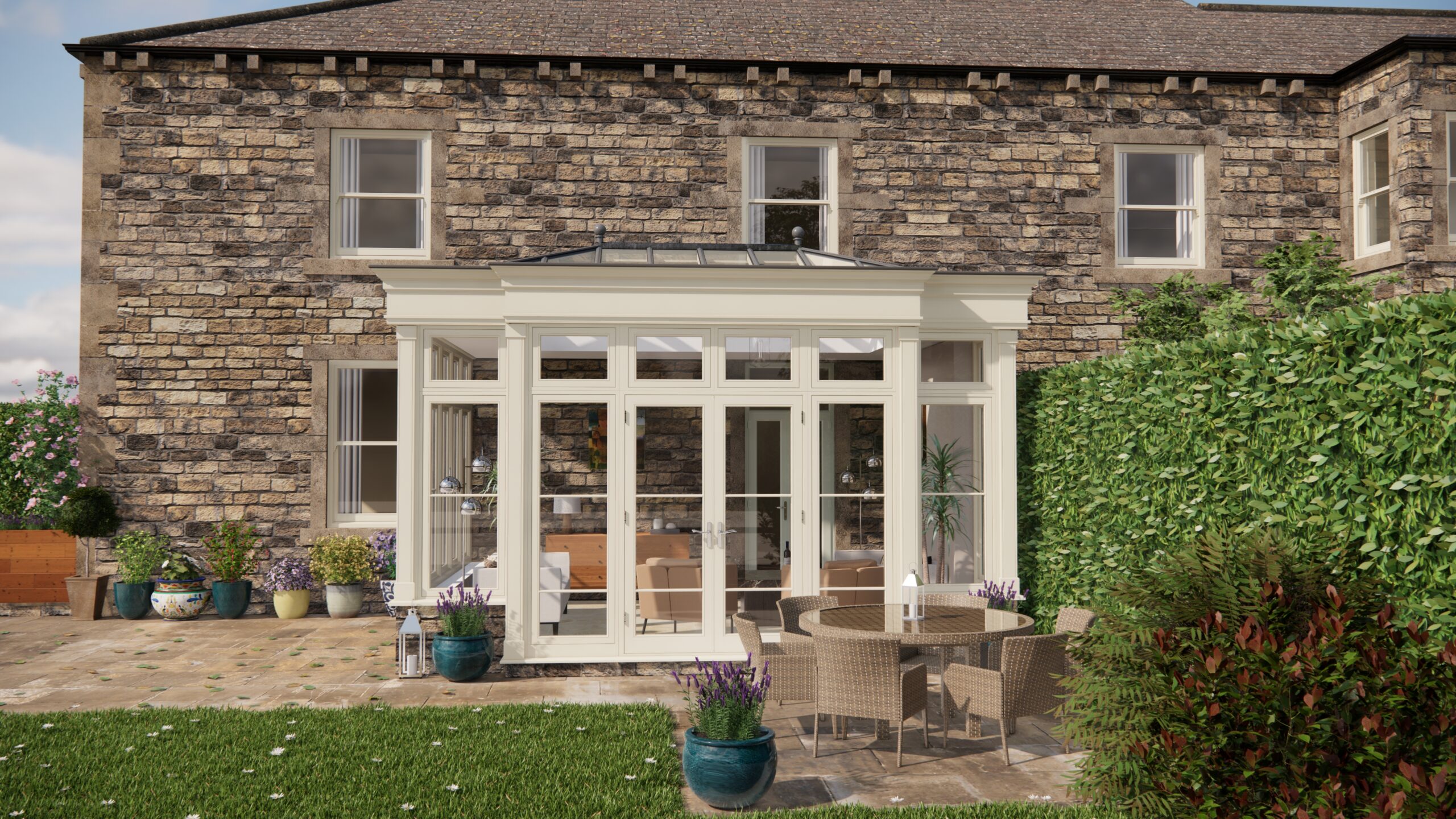Just yesterday, I was chatting with my friend Melissa about her little balcony garden. She’s always been keen on gardening, and her current focus is transforming her small outdoor space into a haven for wildlife. I’ve been reading tons of articles about enjoying UK gardens lately – the kind that wax lyrical about herbaceous borders, perfectly manicured lawns, and of course, the sheer joy an orangery can bring. But Melissa’s approach is different, much more focused on the buzzing and fluttering side of things. Her balcony is a container garden paradise, and she’s intentionally designing it to attract bees, butterflies, and birds.
“It’s all about the plants, really,” she explained, sipping her tea. “I started by looking into what nectar and pollen sources are best for bees and butterflies. Lavender is a must, of course! It thrives in pots, smells amazing, and the bees adore it. I’ve also got some Buddleja (Butterfly Bush) in a large container. It’s practically a magnet for butterflies! And then there’s Verbena bonariensis – it’s tall and airy, adds a lovely vertical element, and the butterflies can’t get enough of it.”
I was scribbling notes furiously. It was all sounding fabulous and something I wanted to embark on myself. One key thing I remembered when she mentioned the butterfly bush was that it can sometimes be a bit of a thug in larger gardens, self-seeding everywhere. But in a container, it’s perfectly manageable. Melissa uses a good quality peat-free compost. She said it’s vital to use a mix that provides good drainage, and she adds some horticultural grit to the bottom of each pot to help with this. She recommended researching the specific needs of each plant, too, as some prefer slightly acidic compost while others like alkaline conditions.
For the birds, Melissa has planted some berry-producing shrubs like Cotoneaster in larger containers. “They add some evergreen structure to the balcony during the winter months, and the birds love the berries,” she said. She also has a small bird feeder that she keeps topped up with seeds. We then talked about water sources. I’ve seen her balcony, and she has a shallow dish filled with pebbles for the bees to land on while they drink. She explained the pebbles are important because the bees need somewhere to stand so they don’t fall in and drown! For the birds, she has a bird bath that she cleans regularly to prevent the spread of disease.
“And you have to be careful about what you use in the garden,” she said, emphasizing the point. “I only use organic gardening methods. No pesticides or herbicides! They can harm the pollinators and other beneficial insects. I’ve invested in some natural pest control methods like using companion plants (like marigolds to deter aphids) and encouraging ladybirds, which are natural predators of aphids.”
Our conversation then moved to exploring the best plants and potting mixes for container gardening in the UK more broadly. She highlighted the importance of considering the size and weight of the containers, especially for balconies. Terracotta pots look lovely, but they can be incredibly heavy. She’s had success with lightweight resin pots and even recycled plastic containers. We also talked about the importance of choosing the right size pot for each plant. “Don’t overcrowd them,” she advised. “Give them enough space to grow and thrive.”
She also touched on the joy of creating vibrant displays on patios. She suggested experimenting with different heights and textures of plants to create visual interest. Trailing plants like lobelia and petunias look fantastic cascading over the edges of containers. Upright plants like geraniums and fuchsias add height and colour. I even mentioned how a friend used a small water feature in her container garden for added impact. It’s amazing what you can do in a small space!
Melissa also brought up articles she’d been reading on how an orangery enhances the enjoyment of one’s garden. She joked that one day she hopes to have an orangery to extend the growing season and create a warm, sheltered space to enjoy her plants all year round. For now, she’s content with her little balcony oasis.
Thinking back, Melissa’s garden isn’t just a collection of pots; it’s a carefully curated ecosystem. By choosing the right plants, providing water sources, and using organic gardening practices, she’s created a space that benefits both herself and the local wildlife. You don’t need acres of land to make a difference. Even a small balcony or patio can become a haven for bees, butterflies, and birds. The key is to focus on plants that provide nectar, pollen, and berries, and to create a safe and welcoming environment for wildlife. With a little planning and effort, anyone can create a wildlife-friendly container garden and enjoy the beauty and buzz of nature right outside their door.


